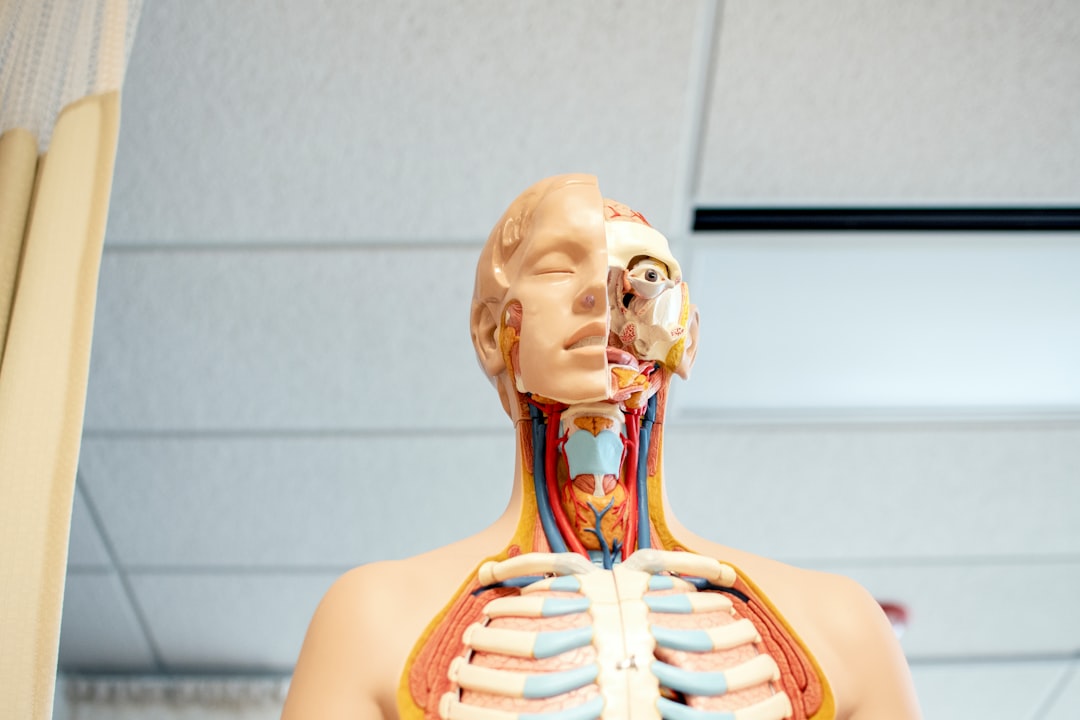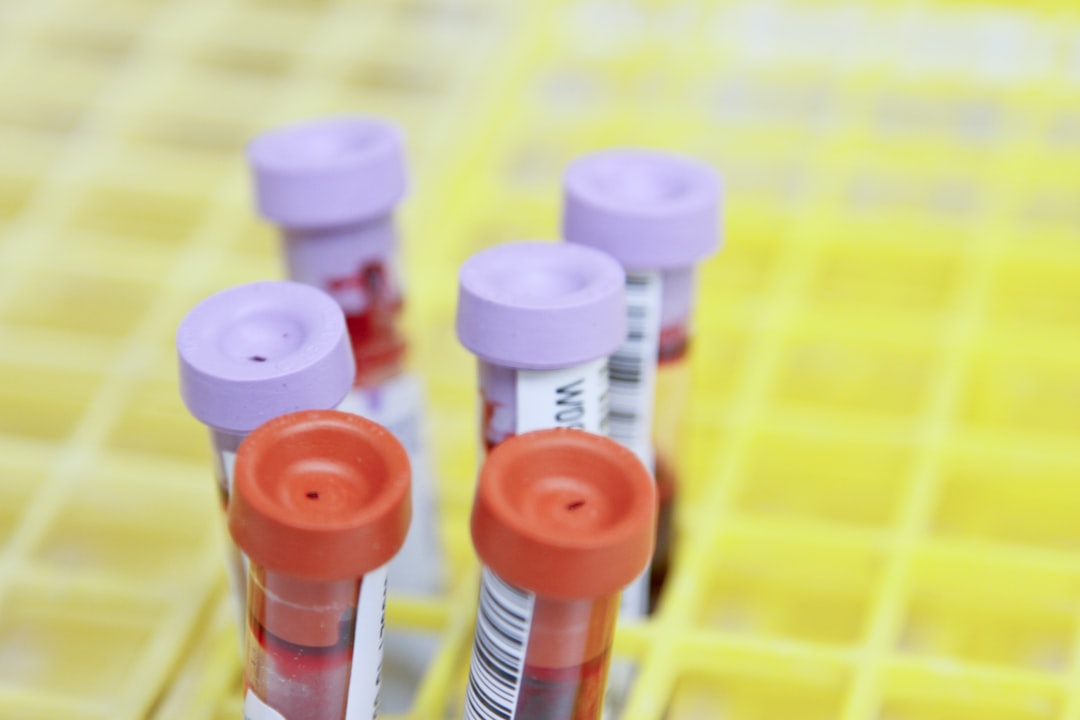What is it about?
Human tissue surfaces are coated with mucins, a family of macromolecular sugar-laden proteins serving diverse functions from lubrication to the formation of selective biochemical barriers against harmful microorganisms and molecules. Membrane mucins are a distinct group of mucins that are attached to epithelial cell surfaces where they create a dense glycocalyx facing the extracellular environment. However, the repetitive nature of mucin domains makes them prone to recombination and renders their genetic sequences particularly difficult to read with standard sequencing technologies. As a result, human mucin genes suffer from significant sequence gaps that have hampered the investigation of gene function in health and disease. Here we leveraged a recent human genome assembly to characterize a previously unmapped MUC3B gene on the human chromosome 7.
Featured Image

Photo by Sangharsh Lohakare on Unsplash
Why is it important?
Our results complete existing genetic gaps in the MUC3 cluster which is a conserved genetic unit in vertebrates. We anticipate our results to be the starting point for the detection of disease-associated polymorphisms in the human MUC3 cluster. Moreover, our study provides the basis for the exploration of intestinal mucin gene function in widely used experimental models such as human intestinal organoids and genetic mouse models.
Read the Original
This page is a summary of: Discovery of a MUC3B gene reconstructs the membrane mucin gene cluster on human chromosome 7, PLoS ONE, October 2022, PLOS,
DOI: 10.1371/journal.pone.0275671.
You can read the full text:
Contributors
The following have contributed to this page










